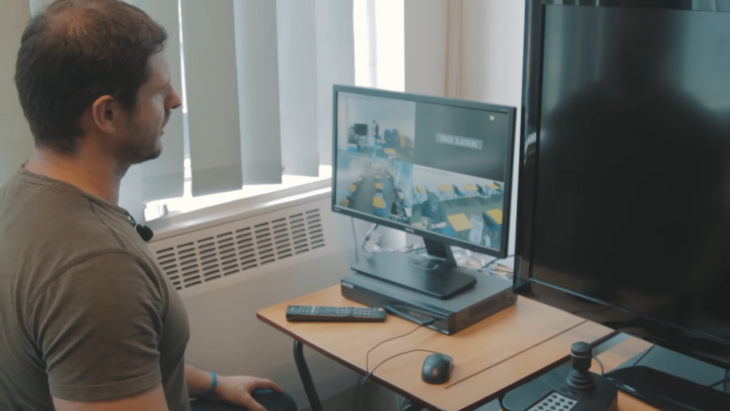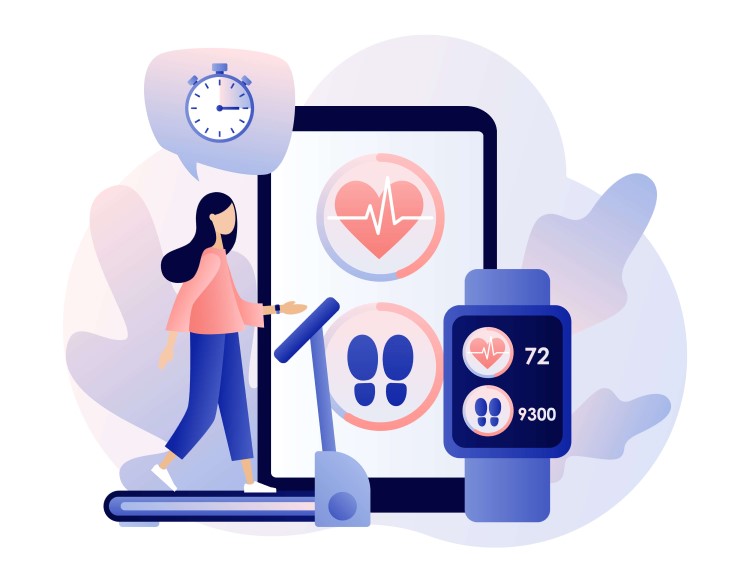In the landscape of modern-day business, closed-circuit tv (CCTV) has come to be an imperative thing for ensuring safety and security. Organizations today navigate an environment where the need for surveillance is prominent, now not just for deterring criminal activities, but also for improving operational efficiency.
Through the strategic placement of cameras, it is possible to monitor premises consistently, preserving an eye fixed on inner activities and outside threats alike. The state-of-the-art traits are used to monitor operations in actual time, capitalizing on features which include motion detection, facial reputation, and far off access.
This synergy among diverse technologies complements our potential to reply promptly to any state of affairs that arises, ensuring that our response isn’t always only fast however also informed through the best that surveillance generation has to offer.
Table of Contents
ToggleCCTV and Its Importance in Business
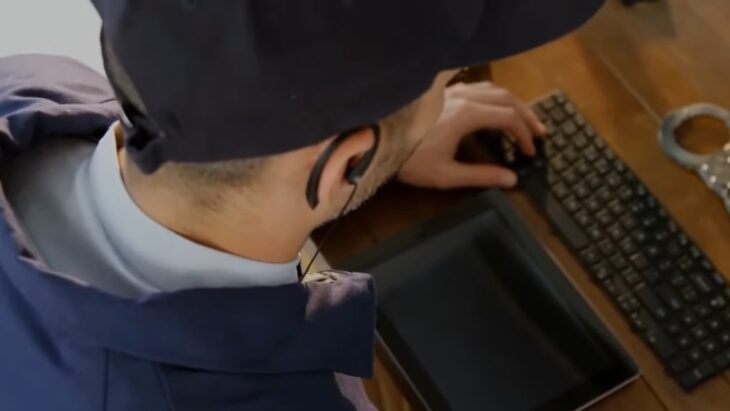
In our era of heightened security concerns, it’s imperative to discuss how Closed-Circuit Television (CCTV) has become an invaluable asset for businesses. We’ll explore the technological advancements of CCTV and how its integration serves as a cornerstone for safeguarding business interests.
Evolution of CCTV Technology
CCTV technology has undergone significant transformations since its inception. Initially used for basic surveillance tasks, CCTV systems have advanced to integrate digital technology, enabling higher resolution video capture, remote monitoring, and the integration of artificial intelligence. Today’s CCTV systems can offer:
- High-definition recording, which enhances the identification of individuals and actions within a business premise.
- Network-based integration that allows for remote access and control, so that we can manage security from anywhere in the world.
- Digital enhancements that provide analytical benefits, like people counting and heat mapping, adding value beyond traditional security.
Benefits of CCTV Monitoring for Business Security
CCTV structures act as a formidable deterrent towards criminal activities. The mere presence of surveillance cameras can discourage potential offenders from engaging in illicit moves within or round enterprise premises.
CCTV cameras make certain the continuing protection and security of the premises, belongings, and employees. By retaining a watchful eye, we assist prevent incidents earlier than they occur and reply directly if they do.
In the unlucky event of a crime, CCTV pictures serves as a pivotal device for law enforcement. It each aids in the prevention and in imparting proof which could cause the decision of criminal cases
By putting in CCTV systems, businesses offer a experience of protection for employees and customers alike, fostering a safer environment this is conducive to productivity and believe.
Implementation and Best Practices
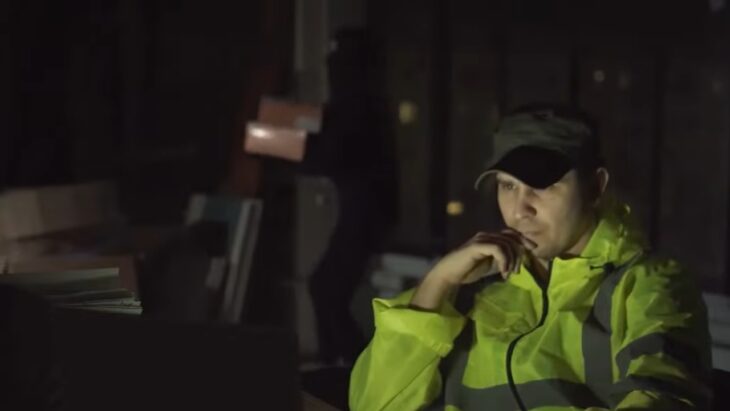
In this section, we will discuss the key elements to effectively deploy CCTV systems within the modern business environment. We aim to focus on ensuring operational efficiency and seamless integration while covering effective placement, system integration, and the importance of maintaining and upgrading these security assets.
Effective Placement and Installation
Our first priority is conducting a thorough Site Survey to determine the most strategic points for camera placement, ensuring comprehensive coverage of critical areas. A well-implemented CCTV system begins with:
- Identifying areas that require monitoring for security or operational purposes.
- Ensuring cameras are placed to maximize field of view and minimize blind spots.
- Considering environmental factors that may affect installation and camera performance.
Integration with Other Security Systems
Integration with Other Security Systems is crucial to enhance the overall security infrastructure of a business. We manage this integration by:
- Linking CCTV systems with alarms, access controls, and other safety measures to create a cohesive security operation.
- Utilizing open-platform video systems that allow for future expansion and compatibility with various security technologies.
Regular Maintenance and Upgrades
To preserve Operational Efficiency and system reliability, we emphasize:
- Scheduling routine Maintenance checks to ensure all components of the CCTV system are functioning optimally.
- Implementing timely Upgrades of both hardware and software to keep up with the latest security threats and technological advancements.
- Providing CCTV Monitoring Services with Remote Access capabilities for real-time surveillance and incident response.
With these practices, we assure the sustainability and efficiency of our CCTV monitoring systems.
Challenges and Considerations
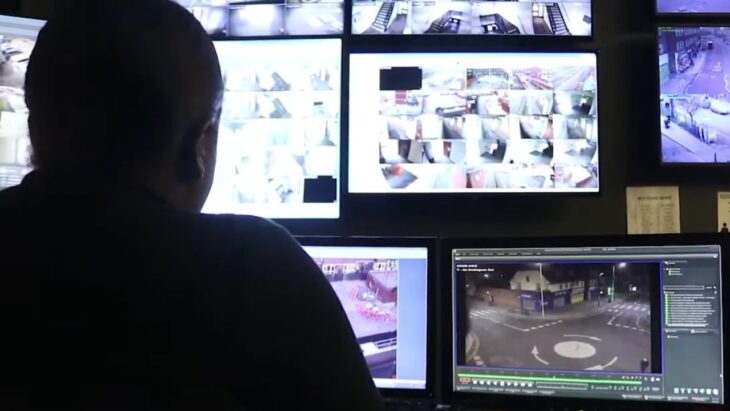
Correctly imposing CCTV structures in modern corporations involves navigating a plethora of challenges: defensive privacy whilst making sure safety, coping with the incidence of false alarms, and achieving comprehensive coverage with out prohibitive charges.
Privacy and Data Protection
We understand that privacy and data protection are paramount when installing CCTV systems. Legislation, such as GDPR in Europe, mandates strict guidelines on data handling, which businesses must adhere to rigorously to avoid sanctions.
Ensuring that CCTV usage complies with privacy laws involves regular assessments and potentially engaging in consultations with privacy officers or legal experts. Practices like masking areas of the camera’s view and restricting access to live feeds are essential strategies we employ to maintain an individual’s privacy rights.
Key Strategies
- Regular compliance checks
- Access control mechanisms
- Transparent data handling policies
Managing False Alarms
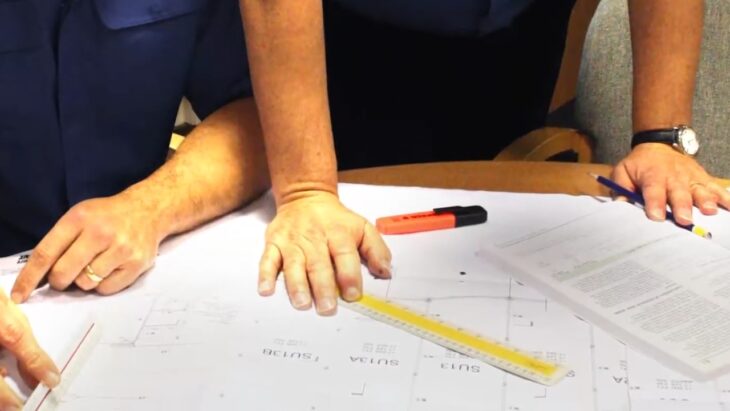
Our strategies to reduce false alarms are multifaceted, focusing on both technical calibration and procedural responses. False alarms can undermine the trust in security systems and lead to increased operational costs due to unnecessary dispatch of security personnel or law enforcement.
By using advanced analytics and fine-tuning the sensitivity settings of cameras, we aim to minimize these occurrences. Regular maintenance and testing are also critical in ensuring the system’s accuracy.
Technical Measures
- Advanced motion sensors
- Customizable alert thresholds
Procedural Measures
- Systematic testing routines
- Train staff on appropriate responses
Balancing Cost and Comprehensive Coverage
We consider cost-effective implementation of CCTV without compromising on comprehensive coverage to be a significant logistical challenge. Businesses seek to cover all critical areas adequately while remaining within budget constraints.
We leverage strategic placement of cameras and the integration of scalable technologies to meet both financial and security objectives. It’s about maximizing visibility and impact per dollar spent, which sometimes involves prioritizing certain areas or adopting a phased deployment approach.
Strategic Approaches
- High-traffic area prioritization
- Scalable surveillance technologies
Financial Consideration
- Budget alignment
- Long-term cost savings through tech efficiencies
Technological Advancements and the Future of CCTV
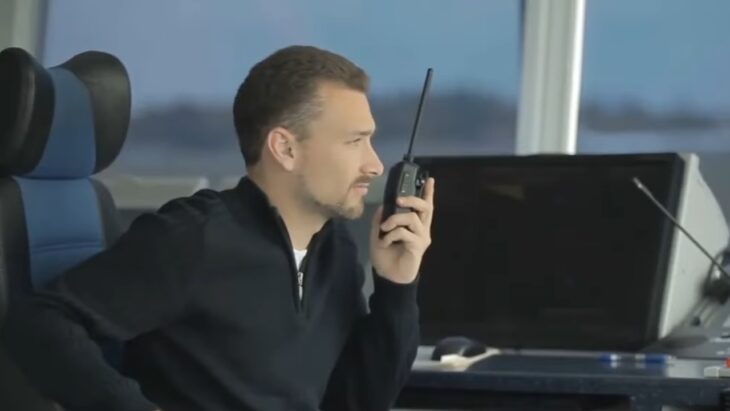
As we explore the role of modern CCTV systems in business, it’s crucial to acknowledge the profound impact of emerging technologies. Advancements in AI and remote monitoring are set to redefine the capabilities of CCTV networks, making them smarter and more connected.
The Role of AI in Enhancing CCTV Capabilities
Current trends indicate a significant shift in CCTV function due to Artificial Intelligence (AI) integration. AI takes camera surveillance beyond passive recording to active analysis, enabling real-time monitoring and decision-making.
Surveillance systems with AI can recognize patterns and behavior, alerting management to irregularities and potential security breaches. This proactivity ensures that businesses can respond swiftly to security threats, improving overall safety.
Specific Applications of AI in CCTV
- Facial recognition for controlled access and person-of-interest tracking.
- Motion detection that distinguishes between benign and suspicious movements.
- Enhanced data analytics for crowd management and consumer behavior.
The Advancement of Remote Monitoring Technologies
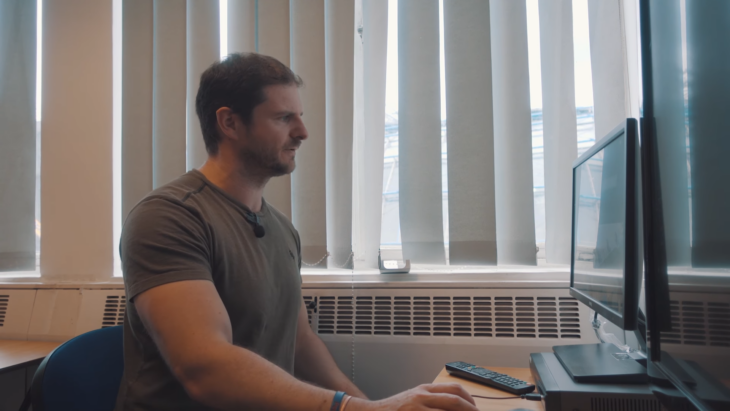
The advancement of Remote CCTV Monitoring hinges on seamless internet connectivity. This allows for constant video feed transmission to offsite locations, where monitoring personnel oversee premises around the clock. Remote monitoring boosts security by ensuring that surveillance is uninterrupted, even when physical presence isn’t possible.
Key features of Remote Monitoring Technologies
- Accessing video feeds via web or mobile applications from any location.
- Cloud storage solutions to securely store and manage large amounts of footage.
- Automatic system health checks to ensure that all cameras and sensors are fully operational.
Final Reflections
The successful application of CCTV systems supports sustainable business administration by fortifying security measures and offering insights into daily operations.
Our perspective is supported by various studies that demonstrate the effectiveness of CCTV when integrated as part of a broader security strategy.
The results suggest that CCTV systems can contribute significantly to the business’s ability to operate effectively in an increasingly complex and security-conscious market.
